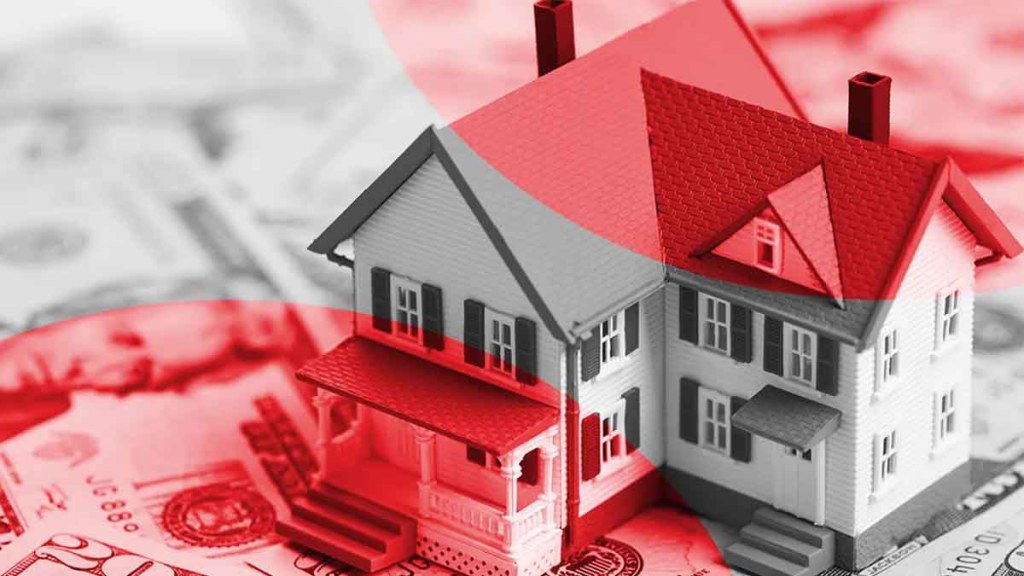Going more in-depth than a Fed meeting, our virtual Housing Market Update event provides you with the strategy-building insights needed to operate in 2024. It’s a savagely unhealthy housing market out there, and these economists unpack what that means for you. Register for the virtual event on Dec. 11 here.
In a typical year, there are about 5.2 million sales of existing homes nationally and home prices rise by about 4%. But it’s been a long time since we’ve seen “typical.” The number of home sales in 2023 will likely be at its lowest level since 2010, and while sales activity will pick up in 2024, transactions will still be below average.
There is a lot of uncertainty in the economy and the housing market but there are at least a few things we can count on.
Mortgage rates, which reached a more than two-decade high in the fourth quarter of 2023, will begin to come down in 2024, but they are not coming back down to pandemic levels. We are in a new era for mortgage rates where prospective homebuyers should expect rates to settle between 6% and 6.5% next year.
Consumers will reset their expectations, and as rates move lower, there will be both more buyers and more sellers in the market.
Predicting where home prices are going will become a game of “Which came first: the chicken or the egg?” If sellers are enticed into the market before first-time buyers get back in, we could see home prices dip early in 2024. At a national level, if there are price drops, they will be modest and short-lived simply because inventory will still be very low by historic standards. The markets with the greatest risks of price corrections are the country’s least affordable, including many major coastal markets.
If buyers come back to the market before sellers, we are in for a competitive market with prices rising.
Prospective first-time buyers may continue to sit out the for-sale market in early 2024 as there are more deals in the rental market. Record levels of new apartment construction have led to rent declines and concessions, making it more attractive to rent than to buy in some places.
However, the desire for homeownership is very strong. The underlying demographic fundamentals indicate strong demand and low inventory in 2024 and through the rest of the decade.
The oldest millennials are now in their early 40s, but the age of a first-time homebuyer (36) is the highest on record and homeownership rates for this cohort are significantly lower than for prior generations. If millennials were homeowners at the same rate that Gen Xers or young boomers were at the same age, there would be 740,000 more homeowners in the U.S. That is a significant amount of pent-up demand, some of which is waiting for a drop in rates and more inventory in 2024.
While inventory will increase somewhat next year, supply will still be low, largely due to the other big demographic cohort affecting the market — boomers. Boomers are staying in their homes longer. Sub-3% mortgage rates and a lack of homes to downsize into have also contributed to the slower pace of listing activity.
These demographic factors are the primary reason home prices will remain firm and will grow in most markets in 2024.
There are potential wildcards to consider. Another strain of the coronavirus is always a threat lurking off in the corner. Geopolitical risks and economic recession could amplify consumer anxiety and lead to less home buying and selling activity. And while Presidential elections do not tend to have an outsized impact on the housing market in most cycles, it could be a different story this year if there is further deterioration in the political landscape.






Always take these types of predictions with a grain of salt. Many of these kinds of predictions seem to be a derivative of Lawrence Yun, NAR’s Chief Economist. For some reason, economists feel compelled to make predictions. It’s such a difficult and near impossible thing to do given the number of variables controlling each outcome. If they must predict, it’s only fair they should be required to include last year’s predictions compared to actual experience. Here are a few in Yun’s case:
This time last year Yun predicted interest rates would average 5.7% in 2023. Interest rates never saw below 6% with most of the year spending near or above 7%, even touching 8% in October.
This time last year Yun predicted home sales would decline 7% in 2023. Home sales have declined near 17%.
Yun even felt compelled to predict U.S. GDP would increase 1.3% in 2023. In Q1 and Q2 it was 2%+ and Q3 was 4.9%. So far, U.S. GDP is clocking 135% more than Yun’s prediction, which is one of the reasons his interest rate prediction was so terribly wrong.
There’s a great quote from a very smart investor. “An economist is a portfolio manager who never marks to market.” That just means they don’t seem to ever publish a track record. Would anyone invest with an investment manager who didn’t publish a track record?
https://www.timtrainumproperties.com
Tim it’s our Job to create our own predictions and theory’s through a collection of variables
Good point Tim. You’re right on the money about Yun’s predictions. I’d love to see more comparisons of “predictions vs. reality” for economist forecasts – it really puts things into perspective.